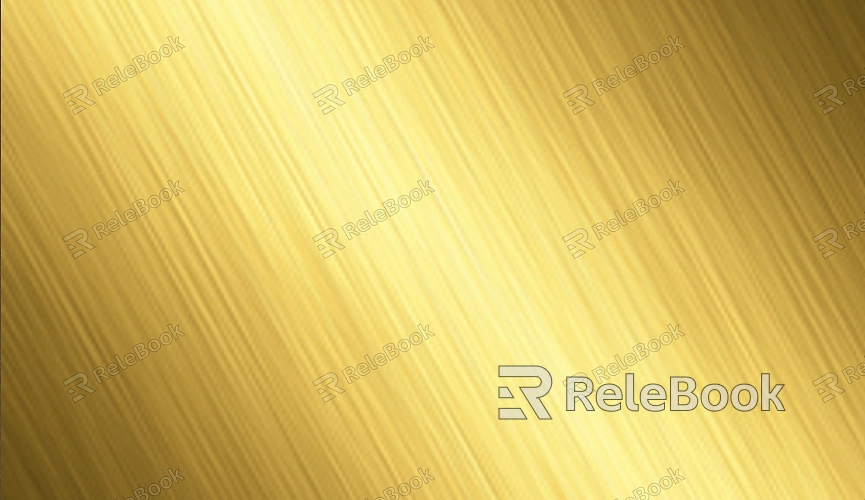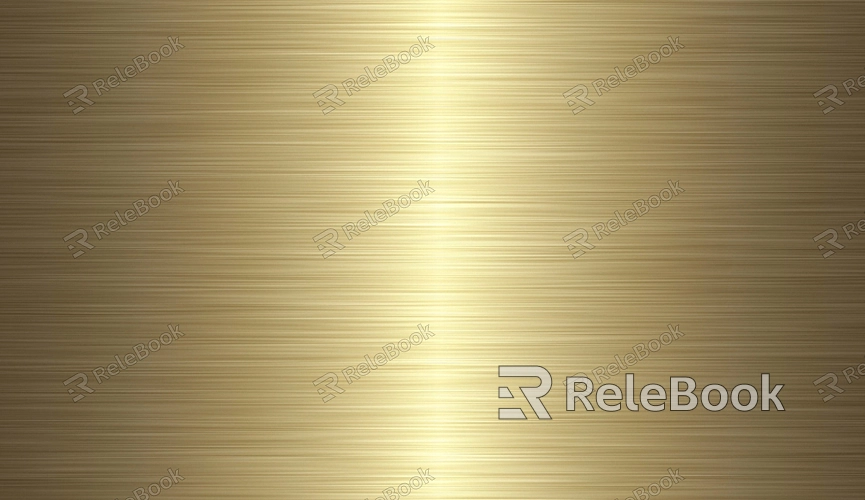How to Add Sheen to a Texture Map in Photoshop?

Preparing Your Texture Map
Before adding sheen, ensure your texture map is properly prepared. This step involves setting up your image and understanding how sheen will affect its appearance.
1. Opening and Reviewing the Texture Map
Start by opening your texture map in Photoshop. Review the map to understand its current appearance and how sheen will be applied. This might be a diffuse map, which defines the base color and texture of your material.
2. Creating a New Layer for Sheen
To add sheen without altering the original texture, create a new layer. This layer will be used to add and adjust the sheen effect. Go to Layer > New > Layer or press Shift + Ctrl + N (Windows) / Shift + Command + N (Mac) to create a new layer.
Applying Sheen with Blending Modes
Blending modes in Photoshop are instrumental in controlling how the sheen interacts with the underlying texture. Here’s how you can use them to your advantage.
1. Selecting the Appropriate Brush Tool
Select the Brush Tool (B) and choose a soft, round brush. Adjust the brush size according to the area you want to apply sheen to. Set the brush opacity to a low value, around 10-20%, to build up the sheen gradually.
2. Painting Sheen on the New Layer
On the new layer, paint over areas where you want to add sheen. Use a light gray or white color for the sheen effect. The opacity of the brush will control how intense the sheen appears. Apply multiple strokes to build up the desired effect.
3. Using Layer Blending Modes
Change the blending mode of the sheen layer to blend it seamlessly with the underlying texture. Common blending modes for sheen effects are Overlay, Soft Light, or Hard Light. To change the blending mode, go to the Layers panel and select the desired mode from the dropdown menu.

Fine-Tuning the Sheen Effect
Fine-tuning is crucial to achieving a realistic sheen. This involves adjusting the sheen's intensity and ensuring it blends naturally with the texture map.
1. Adjusting Layer Opacity
If the sheen effect is too strong, adjust the opacity of the sheen layer. Lowering the opacity will make the sheen more subtle and integrated with the original texture. To adjust opacity, use the Opacity slider in the Layers panel.
2. Adding a Gaussian Blur
To create a softer sheen effect, apply a Gaussian Blur. This will smooth out the sheen and make it appear more natural. Go to Filter > Blur > Gaussian Blur, and adjust the radius until you achieve the desired softness.
3. Using Layer Masks
Layer masks can help control where the sheen effect is applied. Add a layer mask to the sheen layer by clicking the Add Layer Mask button at the bottom of the Layers panel. Use a soft brush with low opacity to paint on the mask, refining the sheen’s edges and ensuring it blends seamlessly with the rest of the texture.
Integrating Sheen with Normal and Specular Maps
For more advanced texture maps, integrating sheen with normal and specular maps can enhance realism. Here’s how to do it:
1. Creating a Specular Map
A specular map defines how shiny a surface is. In Photoshop, create a specular map by converting your sheen layer into grayscale. This map controls the reflectivity of the surface. Go to Image > Adjustments > Desaturate to convert the sheen layer to grayscale.
2. Combining with Normal Maps
Normal maps add surface detail and depth, complementing the sheen effect. Ensure your normal map is properly aligned with the sheen and texture maps. Use tools like Adobe Substance Painter or specialized software to integrate the normal map with your texture maps for a cohesive appearance.
3. Testing in a 3D Application
To see how the sheen looks on your 3D model, import the texture maps into a 3D application like Blender, Maya, or 3ds Max. Apply the maps to your model and adjust the material settings to fine-tune the sheen effect. Ensure that the sheen behaves as expected under different lighting conditions.
FAQ
What is the best blending mode for adding sheen in Photoshop?
Blending modes such as Overlay, Soft Light, or Hard Light are commonly used for adding sheen. These modes blend the sheen layer with the underlying texture, creating a realistic effect.
How can I make the sheen effect more subtle?
Adjust the opacity of the sheen layer and apply a Gaussian Blur to soften the effect. Using a low-opacity brush while painting the sheen also helps in achieving a more subtle appearance.
What is a specular map, and how does it relate to sheen?
A specular map controls the reflectivity of a surface, indicating how shiny it is. It works in conjunction with the sheen to define how light interacts with the surface.
Can I use Photoshop to create normal maps?
Photoshop can create basic normal maps, but for advanced normal map creation, specialized software like Adobe Substance Painter or tools like xNormal is recommended.
How do I test my sheen effect on a 3D model?
Import your texture maps into a 3D application like Blender, Maya, or 3DS Max. Apply the textures to your model and adjust the material settings to see how the sheen behaves under different lighting conditions.

